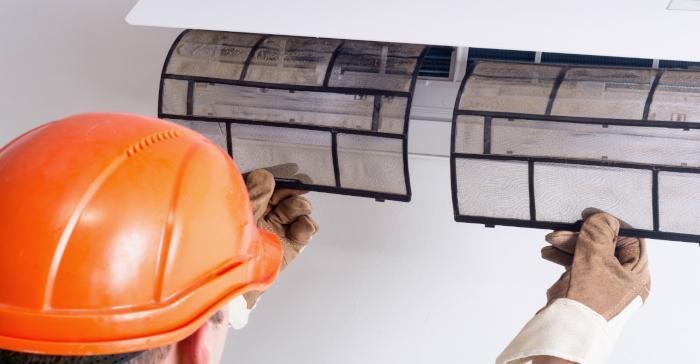There’s nothing quite like the stink of mold and mildew. And, unfortunately, mold and mildew can bloom almost anywhere—especially if you’re not intentional about preventing them.
Before we give you our best tips for preventing mold and mildew, let’s do a little science lesson.
What’s the Difference Between Mold and Mildew?
Mold and mildew are both fungi, have an unpleasant odor, thrive in damp environments, and spread quickly on all sorts of surfaces: wood, paper, food, fabric, leather, even glass.
Mildew is actually a type of mold that grows in a flat pattern and is typically white, gray, or yellow. Mold is often fuzzy or slimy and can vary in color from gray or black to green, yellow, or even blue!
Both mold and mildew can cause some respiratory problems and trigger allergic reactions. Stachybotrys chartarum, otherwise known as “black mold,” is particularly toxic. If they were competing in some sort of Most Obnoxious Household Fungus contest, mold would take home the blue ribbon.
Here’s why:
- Mold is sneaky. It may start where you can see it, but it’s able to penetrate the surface and rapidly expand behind the scenes. Mildew can’t do that.
- Mold sticks around. Since mildew stays on the surface, it’s easy to wipe away with mildew cleaner and a brush. Mold, however, actually attaches to and penetrates the surface, so it’s extremely difficult to remove.
- Mold can actually cause structural damage. Surfaces affected by mold can rot, so imagine what happens if it gets behind your walls.
Tips to Prevent Mold and Mildew in Your Home
Obviously, no one’s all that excited about the idea of mold and mildew in their home. Fortunately, a little bit of common sense can help keep the fungi away:
- Get a dehumidifier. Since mold and mildew love damp environments, it’s important to maintain a reasonable level of humidity in your home—no more than 50%.
- Hang damp towels. Don’t leave wet towels on the floor of the bathroom (or anywhere). Hang them up, and stretch them out a bit so they’ll dry faster.
- Give your shower some TLC. Minimize the surface area in your shower by not having 4,275 bottles of soap and shampoo in there. Also, wipe down the shower walls after each use, and close the shower curtain so it has a chance to try. And yes, we know the “wipe down the shower” idea is a bit of a pain—but so is dealing with fungus in your bathroom.
- Maintain your HVAC system. It’s not unusual for mold and mildew to bloom in ducts, so have your system inspected regularly.
- Fix plumbing leaks. That slow, tiny drip in the basement might not seem like a big deal, but you’re basically creating a water park for fungus.
- Watch your plants. Your ferns and ficus are a perfect breeding ground for mold. If you see any spring up, treat it right away so the spores don’t spread.
- Check your rain gutters. If your gutters are stopped up, there’s a chance there’s water seeping into your house. And what loves seeping water? Right: Mold and mildew.
- Clean up. Mildew is an opportunist, and it’s happy to camp out where there’s sufficient food for it—like dirt and grease.
- Use moisture absorbers in damp areas. In areas of your home that tend to be naturally damp, use a moisture-absorbing product to help wick some of the moisture from the air.
- Leave closet doors open. Mold and mildew tend to grow where there’s little air circulation.
- Use exhaust fans. Run the fan while you’re showering and for a while after to remove excess moisture.
Concerned about Moisture, Mold, or Mildew?
We’re the Virginia HVAC expert in preventing mold and mildew. We’d be happy to come take a look to make sure your home is healthy for your family.
You can view all our Virginia HVAC services on our website. If you want a free, no-obligation quote, call 703-680-3156 or contact us here.
We serve Woodbridge, Dumfries, Stafford, Fredericksburg, Bristow, Centreville, Nokesville, Gainesville, Manassas, Manassas Park, Warrenton, Chantilly, Reston, Herndon, Fairfax, Oakton, Clifton, Fairfax Station, Burke, Springfield and Alexandria.


